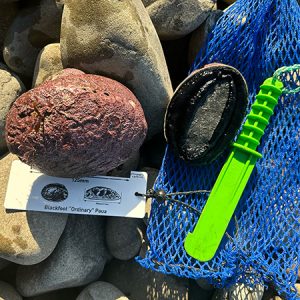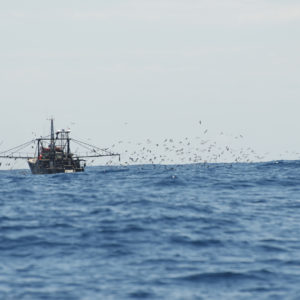Government approval for a plan that supports the ongoing use of destructive fishing methods along New Zealand’s coastline has been labelled an outrage by recreational fishing and environmental interests.
“There’s no plan to provide New Zealanders who are already struggling to feed whānau with affordable kaimoana. There’s no plan to support the struggling regional economies where kaimoana is taken from. There’s no plan to phase out destructive fishing methods. There’s no plan to restore depleted fish species, and the obligation to provide for the needs of future generations is completely ignored. This is an outrage,” says LegaSea’s Project Lead Sam Woolford.
“How can the government propose a transformation plan that doesn’t even ban bottom trawling, dredging and seining from inshore waters? There’s widespread public support for real action, and the first step is a time-bound plan to restore fish numbers so that more selective fishing techniques can be used”, says LegaSea’s Sam Woolford.
“Having more fish in the water is good for everyone and our environment, and it’s particularly relevant in the middle of a cost of living crisis when people are struggling to feed their kids”, says Sam Woolford.
Currently, some important inshore fish populations are managed to around 20 percent of their estimated unfished level. International best practice considers 50% to be the minimum management level. For many of New Zealand’s popular inshore fish species there is little or no information on the current level of stock depletion.
LegaSea, New Zealand Sportfishing Council, and several other fishing and environmental groups worked together during May and June to develop an alternative to the government’s Fishing Industry Transformation Plan.
The New Zealand Sport Fishing Council’s President Ian Steele says it’s disappointing the government and commercial fishing interests have failed to acknowledge the ongoing damage to both the marine environment and their reputation.
“The once-abundant scallop fishery from Northland to the Bay of Plenty is completely closed, jobs and businesses have been lost. The ongoing use of the Victorian Box Dredge has contributed to the collapse of the marine environment that supported scallop growth”, says President Steele.
“The government’s plan is far from transformational – there are no economic or environmental reasons why we would support the government’s proposal. Trapping, hand-gathering and longlining are all viable alternatives to trawling, dredging and seining, but these alternatives rely on having more fish in the water. That’s where we need to start”, says President Steele.
Around the country there is increasing concern that the marine environment is reaching a tipping point.
“When excessive catches are combined with land run-off, it is inevitable that biodiversity is lost as fish disappear and ecosystems degrade. We cannot wait. We need to act decisively now. This latest plan doesn’t even get us to the start line, thankfully we have an alternative plan that is affordable and doable”, says LegaSea’s Project Lead Sam Woolford.





